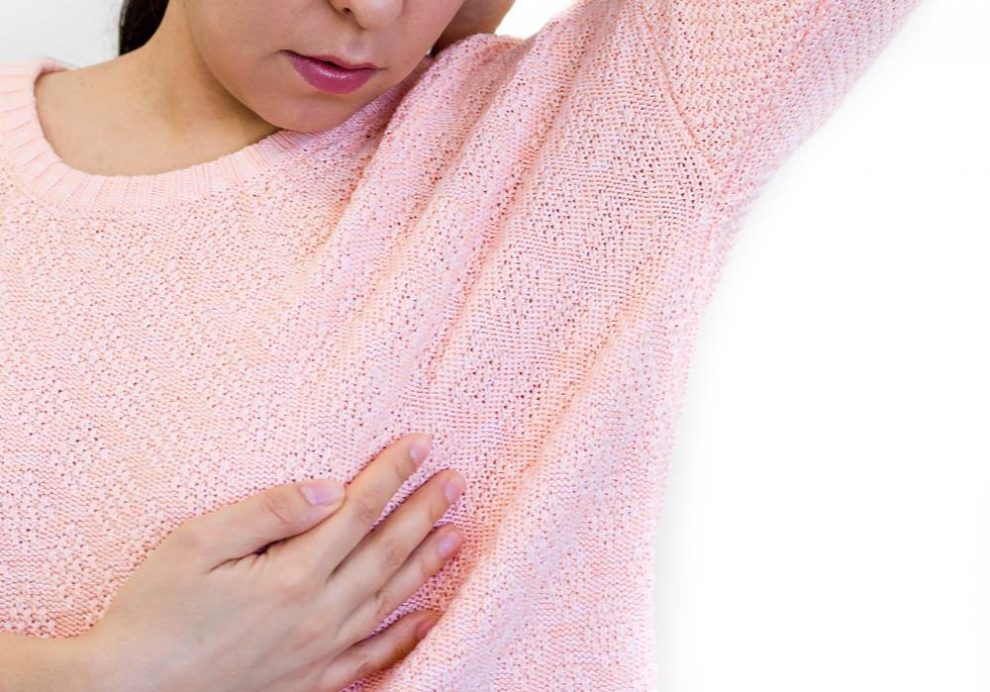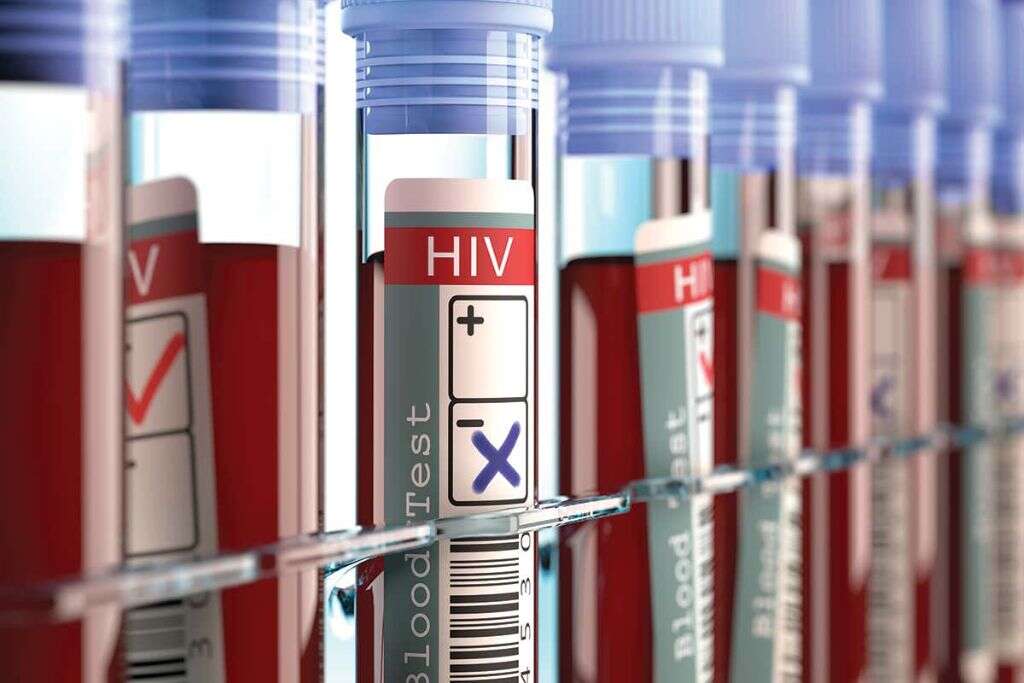

There are some possible problems after having surgery to the lymph nodes in your axilla. Some people will have radiotherapy to the lymph nodes instead of surgery. You get the results at your follow up appointment, about 2 weeks after surgery. A pathologist checks them for cancer cells. The surgeon sends the lymph nodes to the laboratory. But the number of nodes in the armpit varies from person to person. Generally, they remove between 10 and 15 lymph nodes. The surgeon makes a small cut in your armpit to remove the lymph nodes. You have a general anaesthetic for this operation. Removing most or all of the lymph nodesĪn operation to remove most or all of the lymph nodes under the arm is called an axillary lymph node dissection or axillary clearance. Your surgeon will explain this to you before your operation, so you know what to expect. You then avoid having a second operation. They can remove the rest of the nodes (axillary lymph node dissection) if necessary. This is called an intra operative assessment. In some hospitals, the surgeon gets the results of the sentinel lymph node biopsy during the operation. Read about radiotherapy for breast cancer.Some people have radiotherapy to the armpit to destroy any remaining cancer cells instead of surgery.

You generally have it about 2 weeks after you get the results. This is an axillary lymph node dissection or clearance. If cancer cells are in the sentinel nodes, you have another operation to remove most or all of the lymph nodes under your arm. If the lymph nodes do not contain cancer cells, you won’t need to have any more nodes taken out. What happens after a sentinel node biopsy? The dye also turns your urine green for a few days. It gradually fades over a few weeks or months. The dye can stain your breast slightly blue. They are sent to the laboratory to be looked at by a specialist called a pathologist. Your surgeon removes between 1 to 3 nodes. They also use a radioactive monitor to see which group of lymph nodes the tracer gets to first. The surgeon can see which group of lymph nodes the dye reaches first. The dye and the tracer drain away from the breast tissue into nearby lymph nodes. The radioactive liquid is called a tracer.ĭuring the operation, your surgeon may also inject a small amount of blue dye into the breast. You usually have this in the nuclear medicine department in the hospital. How you have a sentinel lymph node biopsyĪ few hours before the operation, you have an injection of a small amount of mildly radioactive liquid into your breast close to the cancer. You have about 1 to 3 nodes removed to see if they contain cancer cells. Your surgeon usually carries out a sentinel lymph node biopsy (SLNB) during the operation to remove your breast cancer. This means it’s the first lymph node the breast cancer could spread to. The sentinel node is the first node that fluid drains to from the breast into the armpit. Checking lymph nodes during surgery (sentinel lymph node biopsy) But you will have a sentinel lymph node biopsy (SLNB) at the same time as your breast surgery. You have this to check if cancer cells have spread to the nearby lymph nodes. If the lymph nodes look normal during the ultrasound scan, you don’t have a biopsy. This is called an axillary lymph node dissection (ALND) or clearance. You have this at the same time as your breast surgery. If this shows that the cancer has spread to the nodes in the armpit, you will have surgery to remove all or most of them. The biopsy is sent to the laboratory to check for cancer cells. You usually have a biopsy of any lymph nodes that look abnormal. This is to see if they contain cancer cells. Checking the lymph nodes before surgeryīefore your surgery you have an ultrasound scan to check the lymph nodes in the armpit close to the breast. This helps the doctors work out the stage of your cancer and plan the best treatment for you. It is important to know if there are cancer cells in the lymph nodes in the armpit and how many. These lymph nodes drain the lymphatic fluid from the breast and arm. If it does spread, it usually first spreads to the lymph nodes in the armpit (axilla) close to the breast. Breast cancer can spread to other parts of the body.


 0 kommentar(er)
0 kommentar(er)
